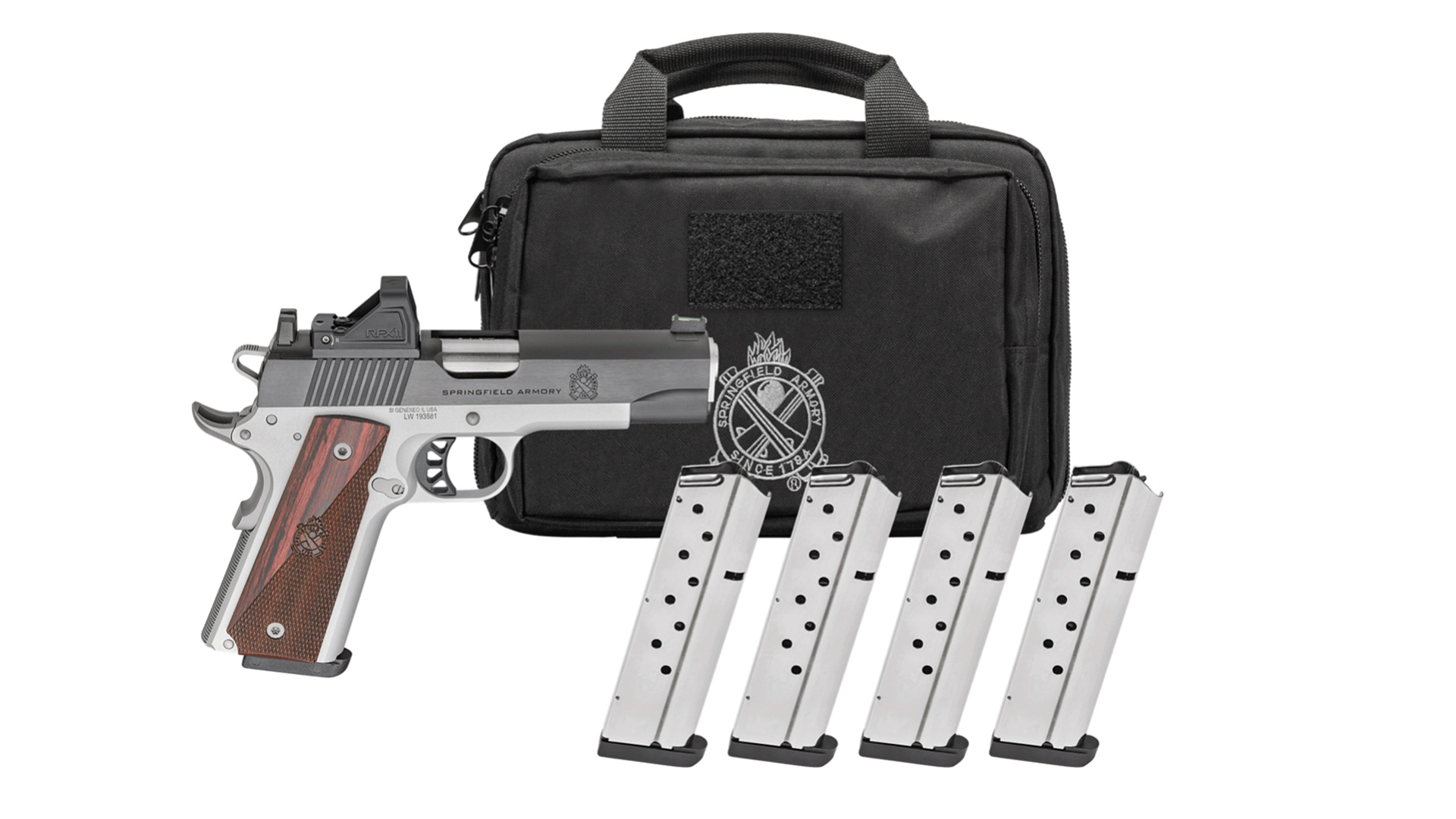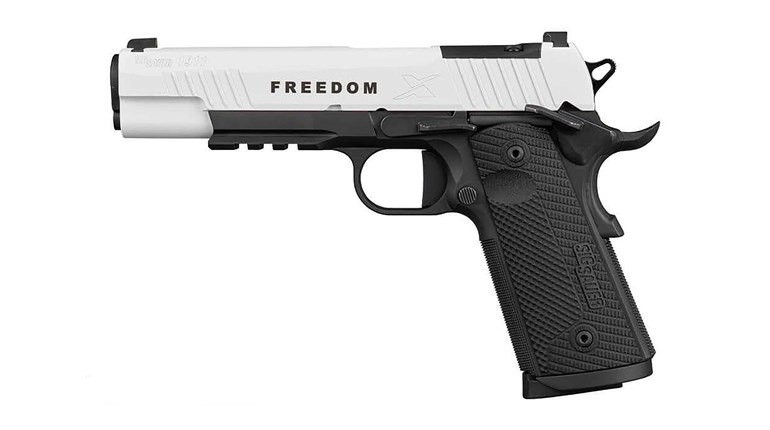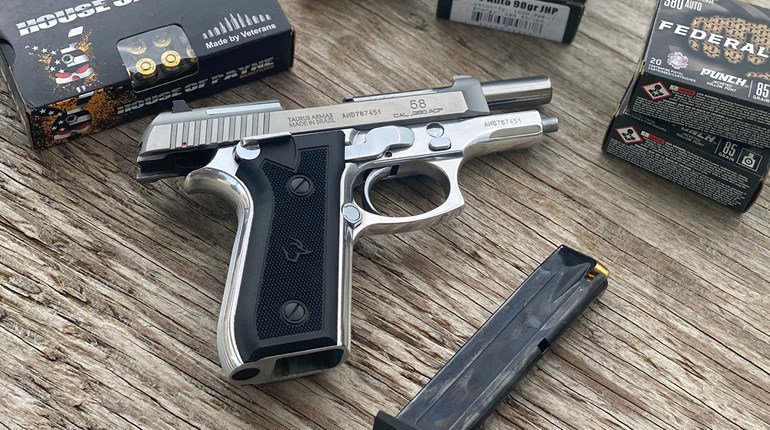
One of the very first really tactical holsters was designed in the early 1900’s by the S.D. Myres Saddle Company and named after Tom Threepersons, the El Paso gunfighter. The Threepersons holster was designed to securely hold the revolver with a minimum of leather and allow for a truly quick draw. In subsequent years the holster was adopted by quite a large number of lawmen, including the FBI. The most noticeable feature of the holster was that it left the revolver’s trigger guard fully exposed.
Well, the Threepersons style holsters are still being made and still quite popular among many handgunners. What is interesting is that, when the holster is shown on social media, there are quite a few folks who get all upset about the exposed trigger guard, saying it is unsafe. They make their point by mentioning the modern design of pistol holster that feature a covered trigger guard.
Now I suppose that someone might argue that an object...a tree branch maybe...could get into the exposed trigger guard and cause the pistol to function. In my opinion, this would be highly unlikely in the case of a SA revolver, DA revolver, or DA/SA semi-automatic because of the extreme amount of pressure that would have to be exerted. Doesn’t mean impossible, just unlikely. The exception would be the striker-fired pistol, in which case a covered trigger guard is a good idea. Regardless of the type of handgun, the usual culprit, however, is the trigger finger.
With an exposed trigger guard, if your trigger finger is faster than your draw stroke you are likely to have a negligent discharge. With the covered trigger guard, if your finger is on the trigger when you put the gun back in the holster, you are likely to have a negligent discharge. The common denominator is not the holster; it’s the trigger finger.
Under these situations, it is not a holster issue; it is a training issue. And it is the reason that we teach defensive shooters to keep their trigger finger straight and out of the trigger guard unless their sights are on the target.
When we are addressing a target, our trigger finger only goes to the trigger as the sights go on the target. When we come off the target, our trigger finger goes straight and should be straight and well out of the trigger guard as we return the gun to the holster. Even with our finger straight we put the gun back into the holster very slowly and carefully, stopping and checking if we feel any resistance at all.
Simply put, if one has trigger finger discipline, he will do just fine with either holster design (again, with the right handgun). If he lacks trigger finger discipline, neither holster will keep him from having an ND. Let’s don’t blame the holster exclusively when the bigger concern is a lack of gun safety principles.


































